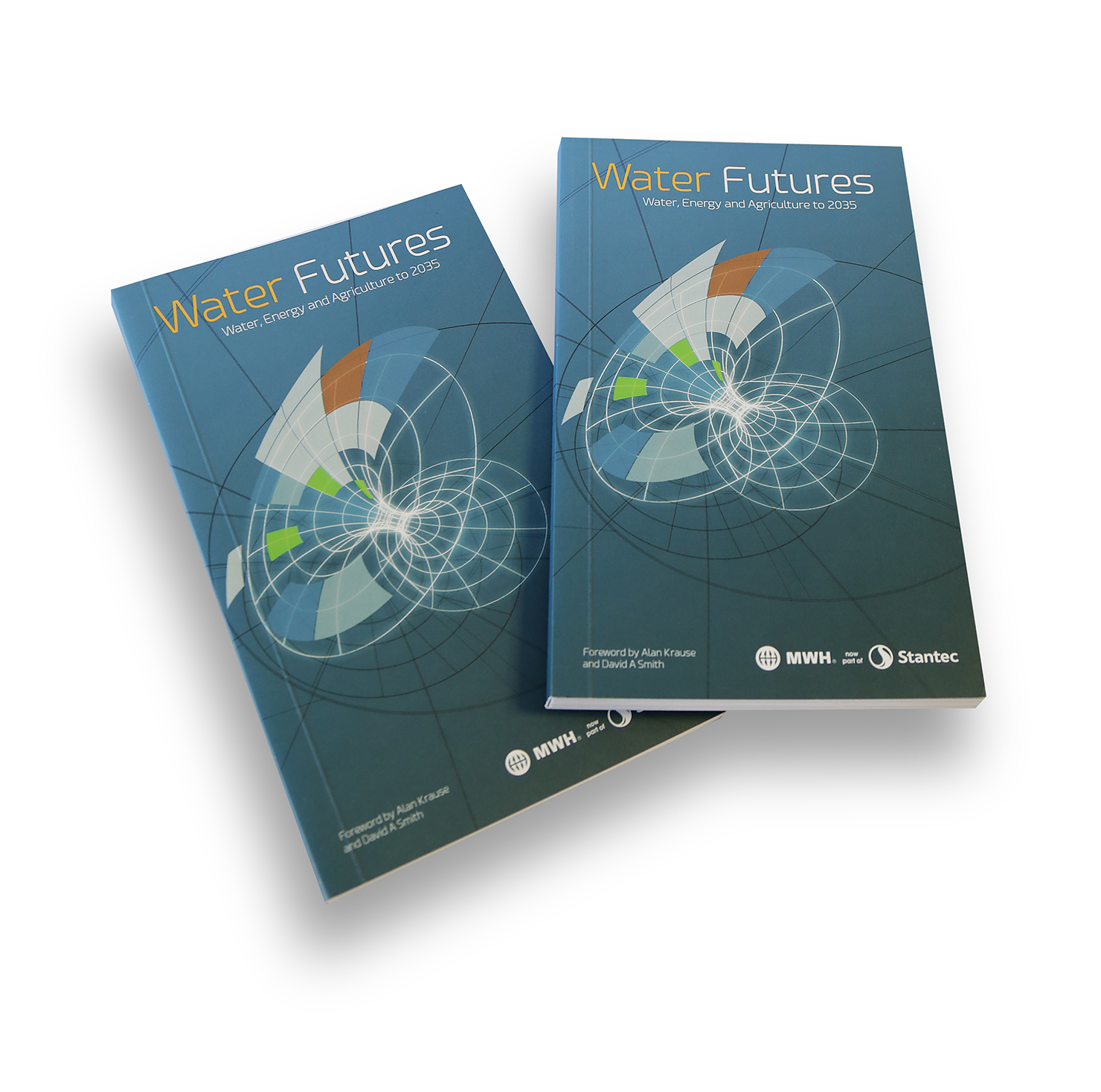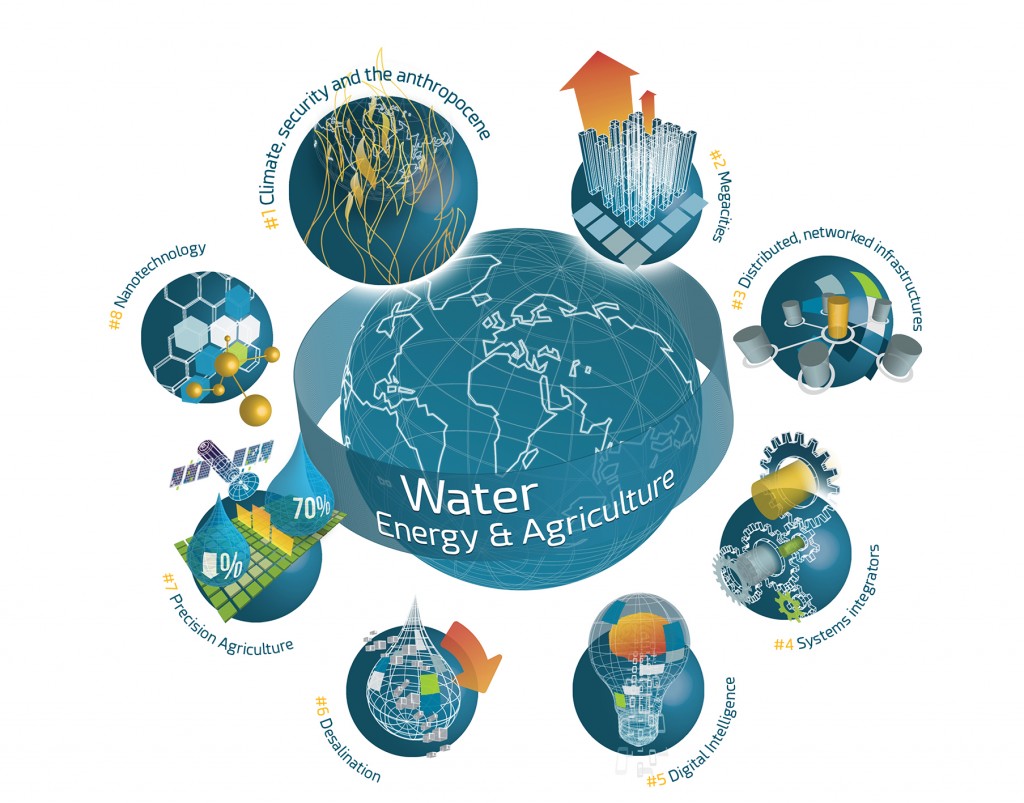
What does our world’s water future look like?
Almost all human activity depends on water. Today, around one-third of the world’s population lives in water-stressed areas. 1.8 billion people still drink unsafe water. Severe flooding and drought are occurring more often all over the world. The nexus of water, energy, food and climate change is one of the overarching megatrends that will shape our world in the coming decades. Our increasingly complex and interconnected world faces unprecedented economic, geopolitical and environmental challenges. Business and political leaders, economists, commentators and the public are seeing that all these systems are connected and layered in ways that we can now begin to better understand. “Water Futures – Water, Energy and Agriculture to 2035” explores not only the challenges, but the opportunities that lie ahead. It’s a complex challenge and not something to be taken lightly. As such, we’ll release our Water Futures essays one at a time to allow readers to focus on each.

Essay 1: Climate, security and the Anthropocene era
We explore the uncertainties surrounding the global and regional climate, together with the relationship between human action and natural ecosystems.
Read the chapter nowEssay 2: Megacities: complexity, risk and creativity
We look at the demographic, social, economic, security and political factors driving the growth and potentially decisive role of megacities to lead global innovation and development.
Read the chapter nowEssay 3: Distributed, networked infrastructures
We explore the possible decentralisation of water, energy and agriculture to create distributed networks. This increases the viability of localised self-sufficient communities.
Read the chapter nowEssay 4: Systems integrators and white space
We look at the emergence of systems integrators with the vision and power to act across multiple systems and deliver new forms of ecosystem design and engineering.
Read the chapter nowEssay 5: Digital intelligence
We discuss the emergence of digital intelligence, new forms of real time decision support, artificial intelligence, simulation and predictive analytics.
Read the chapter nowEssay 6: Desalination, brine mining and resource efficiency
We examine how desalination will benefit from significant cost reductions. Contributing to these reductions will be advances in nanotechnology and brine mining.
Read the chapter nowEssay 7: Precision agriculture: water security
We discuss how precision agriculture is already leading the way to vastly improved crop production and security, as well as step changes in water efficiency.
Read the chapter nowEssay 8: Nanotechnology: small worlds, big disruption?
We share information on emerging nanotechnology and new materials science; for example, how graphene has the potential to transform water management
Read the chapter nowMWH, now part of Stantec, has commissioned Peter Kingsley, an expert in agenda-setting foresight and innovation, to collaborate in the development of fresh thinking about the future of the water industry and to write a series of eight essays exploring the critical uncertainties, challenges and opportunities that lie ahead. “Water Futures – Water, Energy and Agriculture to 2035” is the result of that collaboration. Learn more about Water Futures here. “Water Futures – Water, Energy and Agriculture to 2035” is available now as a free eBook. Please contact us to register to receive your copy.

